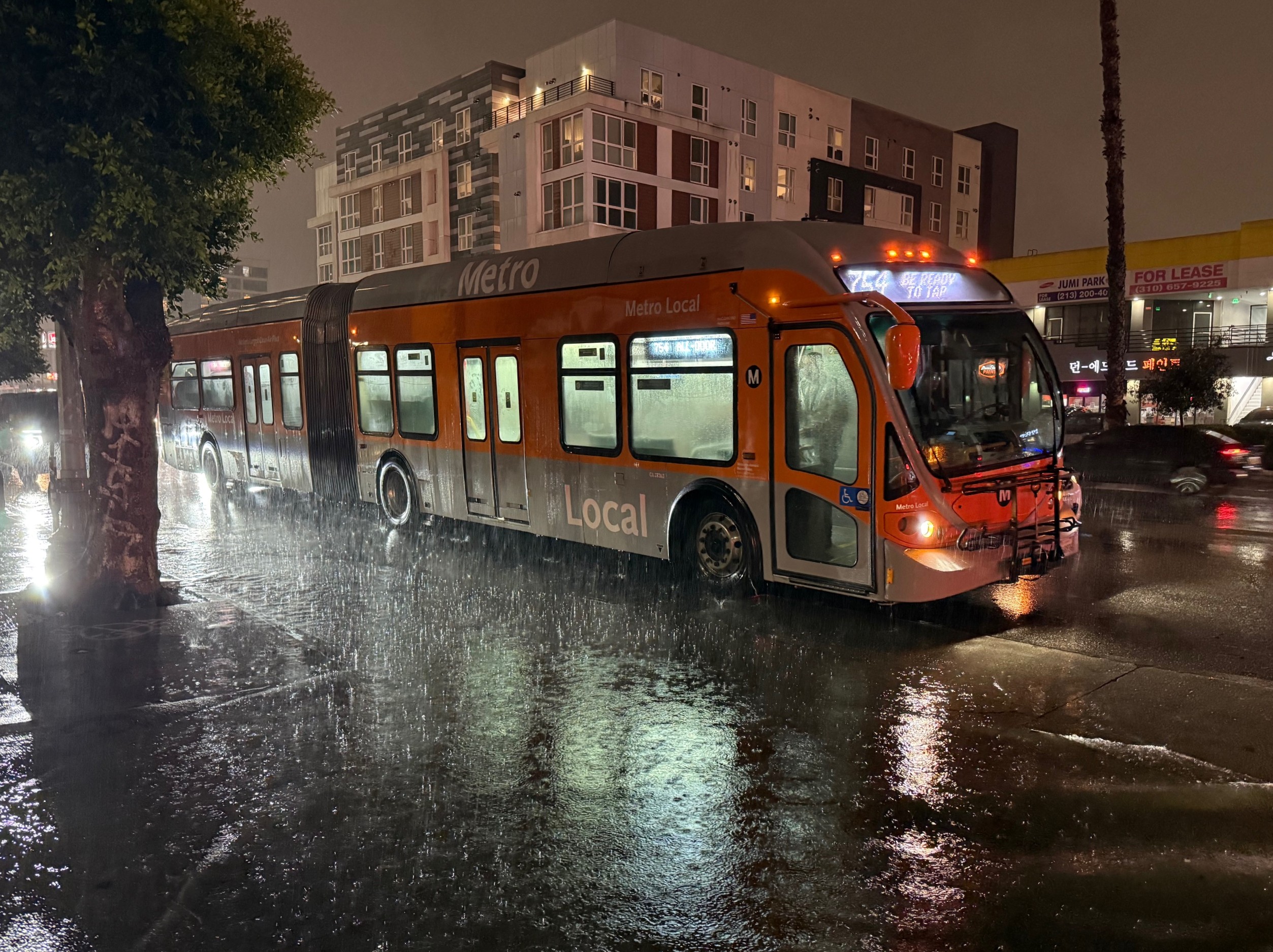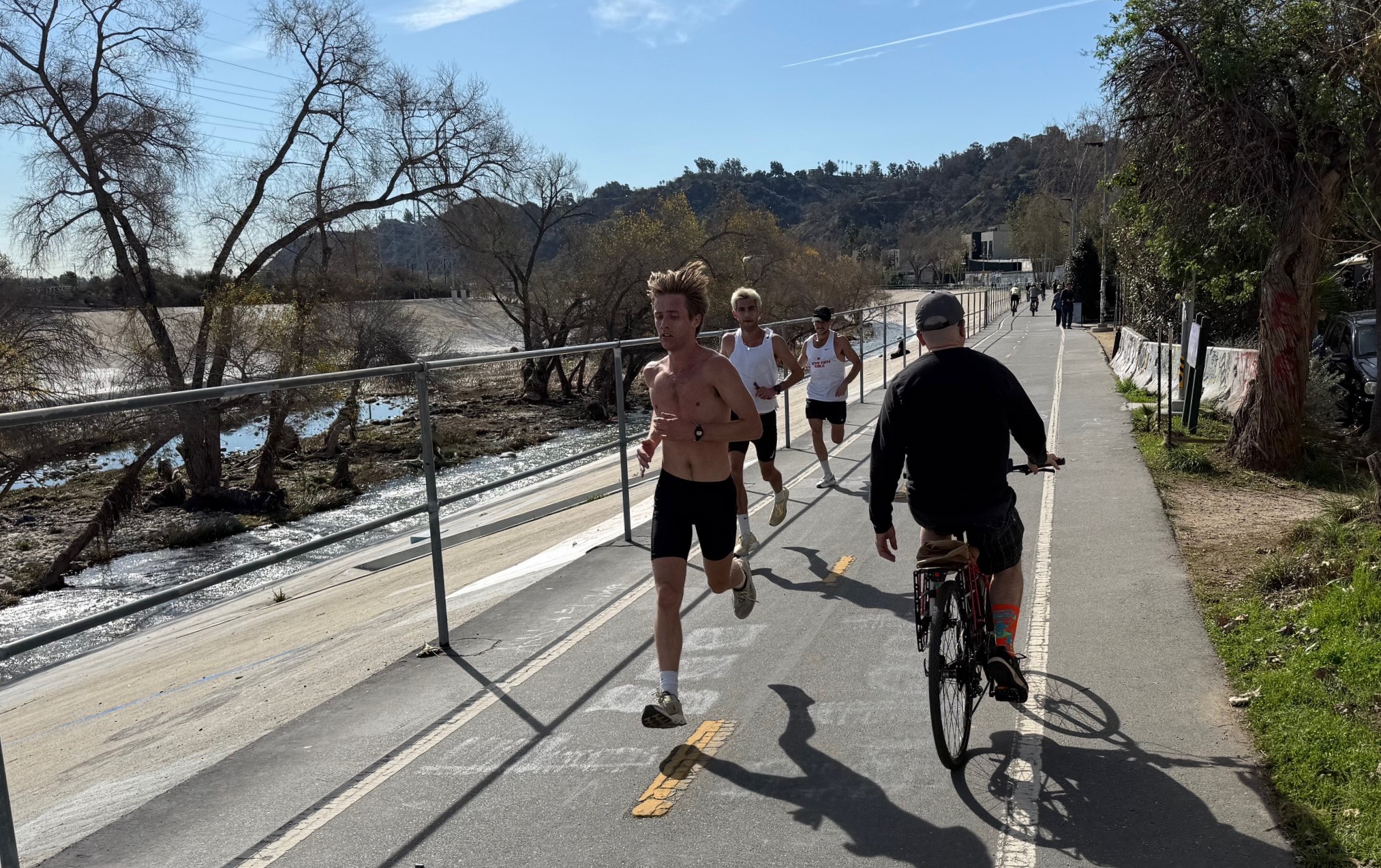 Does this look like the future to you? (Photo: mattmarque via Flickr)
Does this look like the future to you? (Photo: mattmarque via Flickr)Today on the Streetsblog Network, Mary Newsom at The Naked City points us to an article in the new Harvard Business Review about how some major corporations are looking to move operations from the suburbs to the city.
The HBR article suggests that the move, by companies such as United
Air Lines and Quicken Loans, is part of a larger demographic shift
based on a new awareness of the appeal of cities — and the
disadvantages of sprawl:
The change is imminent, and businesses that don’t understand and plan for it may suffer in the long run.
To put it simply, the suburbs have lost their sheen: Both young
workers and retiring Boomers are actively seeking to live in densely
packed, mixed-use communities that don’t require cars — that is, cities
or revitalized outskirts in which residences, shops, schools, parks,
and other amenities exist close together. “In the 1950s, suburbs were
the future,” says University of Michigan architecture and
urban-planning professor Robert Fishman, commenting on the striking
cultural shift. “The city was then seen as a dingy environment. But
today it’s these urban neighborhoods that are exciting and diverse and
exploding with growth.”The change is about more than evolving tastes; it’s at least partly
a reaction to real problems created by suburbs. Their damage to quality
of life is well chronicled. For instance, studies in 2003 by the American Journal of Public Health and the American Journal of Health Promotion linked sprawl to rising obesity rates. (By contrast, new research in Preventive Medicine
demonstrates, people living in more urban communities reap health
benefits because they tend to walk more.) Car culture hurts mental
health as well. Research by behavioral economist Daniel Kahneman and
his team shows that out of a number of daily activities, commuting has
the most negative effect on people’s moods. And economists Bruno S.
Frey and Alois Stutzer have found that commuters who live an hour away
from work would need to earn 40% more money than they currently do to
be as satisfied with
their lives as noncommuters.
The Congress for the New Urbanism, which holds its annual conference in Atlanta next month, gets a nice hat tip in the piece, too.
More from around the network: American Dirt has a piece on the anatomy of a fading mall in Baton Rouge, Louisiana. Transportation for America covers a rally against transit cuts by transportation workers. And Hard Drive calls out Bike Snob NYC for dissing a bike chapel in Portland.






